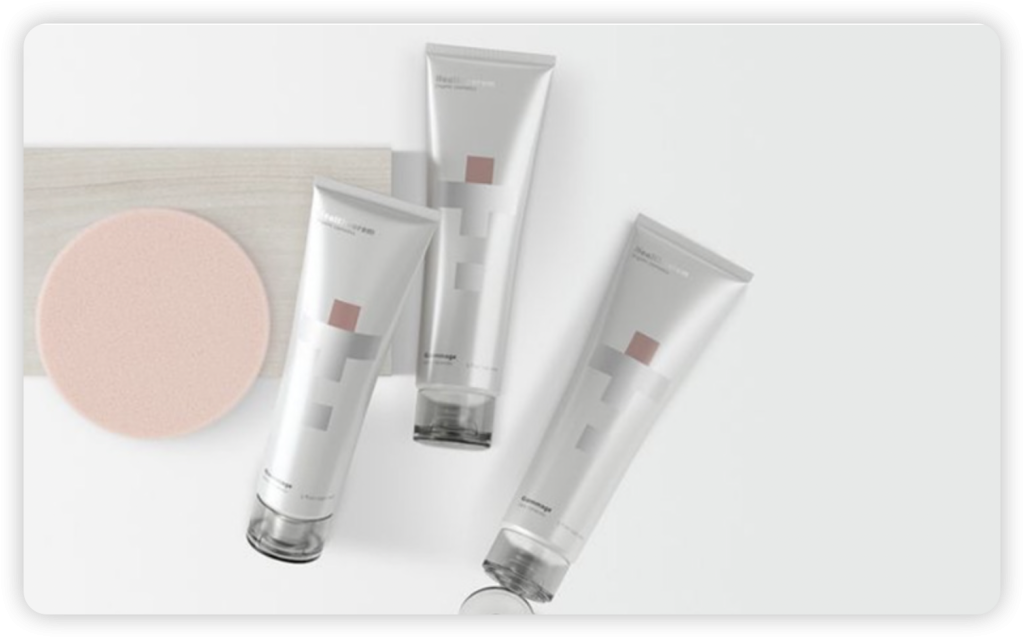Packaging aluminum tube and plastic tubes offer versatile packaging solutions with excellent barrier protection, lightweight construction, and sustainability benefits. The recyclability and durability of these materials make them essential choices in the packaging industry today.
What is the Packaging Aluminum Tube?
A packaging aluminum tube is a collapsible tube made entirely of aluminum, commonly used for pharmaceutical ointments, creams, and paints. It offers high protection against oxygen and UV light, ensuring the product remains fresh and stable.
Advantages of Packaging Aluminum Tube
1. Barrier Protection: Provides an excellent barrier against oxygen, moisture, and contaminants.
2. Lightweight & Durable: Easy to transport while maintaining structural integrity.
3. Reciclável: Aluminum is 100% recyclable, making it an eco-friendly option.
Disadvantage of Aluminum Tubes
The main drawback of aluminum tubes is their soft structure, which makes them susceptible to denting and deformation. This can make handling difficult and reduce their aesthetic appeal.
How Junsam Controls the Quality of Aluminum Collapsible Tubes
Junsam follows strict quality control procedures, including multi-stage inspections, to ensure each batch meets high safety, performance, and durability standards.
How Aluminum Ingots Become Packaging Aluminum Tube
The production process for aluminum tubes involves rolling, forming, and extruding aluminum ingots. This includes melting the ingots, refining them, casting them into sheets, and then converting them into the final tube form.
Aluminum Ingot & Aluminum Tube
Aluminum ingots are the raw materials used to create aluminum tubes. They are melted down and transformed into thin sheets to produce packaging tubes.
Internal Liner of Packaging Aluminum Tube Containers
The internal liner of aluminum tubes has a protective coating that prevents the contents from reacting with the aluminum. This ensures product stability and extends the shelf life.
Tubos de plástico
Plastic tubes are a common alternative to aluminum tubes. They offer flexibility, durability, and ease of production. They can be produced in various forms, including laminated or plastic barrier tubes.
Tubos laminados
Laminated tubes combine layers of plastic and other materials (like aluminum) to provide superior barrier properties, keeping products fresh while remaining lightweight and flexible.
Aluminum Barrier Laminated Tube (ABL Tube)
An ABL tube has an aluminum layer sandwiched between plastic layers, offering excellent barrier protection while maintaining flexibility.
Plastic Barrier Laminated Tube
These tubes provide excellent air and moisture protection using plastic barrier layers without requiring aluminum.
Por que escolher Junsam?
Junsam offers a variety of aluminum and plastic tube options, focusing on quality, durability, and sustainability. Its use of recyclable materials makes it a leader in sustainable packaging.
Recyclability: A Key Factor in Sustainability
The recyclability of aluminum and plastic tubes plays a vital role in reducing the environmental impact of packaging.
· Carbon Footprint and Energy Consumption: Aluminum’s high recyclability helps lower the carbon footprint of manufacturing new materials.
· Environmental and Health Impact: Recycling aluminum and plastic tubes can reduce waste and pollution, creating a healthier environment.
· Durability and Performance: Both aluminum and plastic tubes are highly durable, keeping products safe and fresh over time.
· Consumer Preferences and Market Trends: Growing consumer interest in sustainable packaging makes recyclable tubes an important market trend.
Perguntas frequentes:
What is an aluminum plastic tube?
An aluminum plastic tube combines layers of aluminum and plastic for strength, flexibility, and protection.
Are aluminum plastic tubes recyclable?
Yes, aluminum plastic tubes are primarily recyclable, with aluminum being 100% recyclable.
What are the advantages of using aluminum tubes?
Aluminum tubes provide excellent barrier protection and are lightweight and eco-friendly.
What products are packaged in aluminum plastic tubes?
They are commonly used for cosmetics, pharmaceuticals, and food products.
How does the internal liner of aluminum tubes work?
It prevents the contents from reacting with the aluminum, extending the product’s shelf life.
What is the disadvantage of aluminum tubes?
They are prone to denting and deformation, reducing their visual appeal and making handling more difficult.


